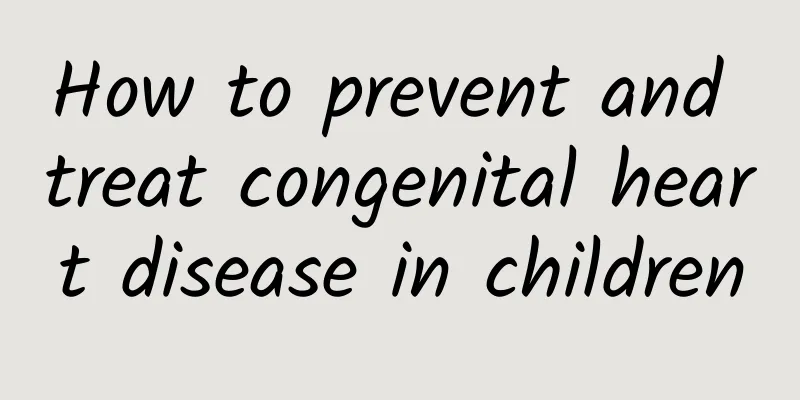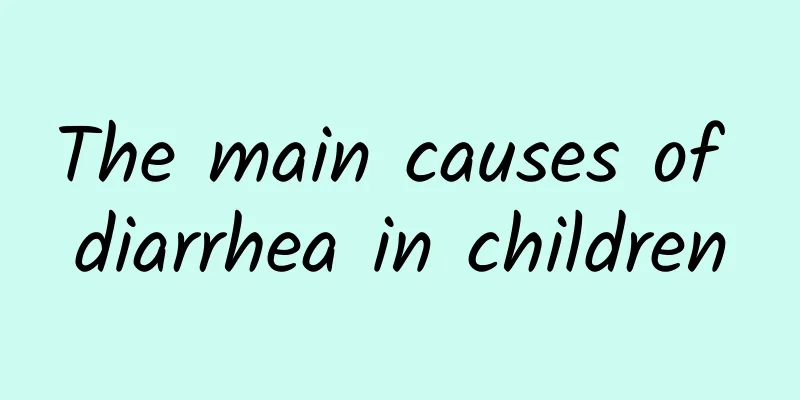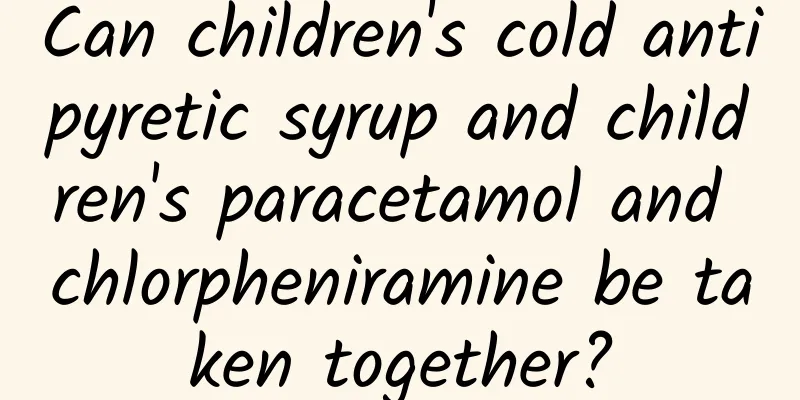Why do newborns often suffer from jaundice? The three common causes of neonatal jaundice are revealed

|
There are three main reasons for the high incidence of neonatal jaundice: excessive bilirubin at birth, immature liver function, and bilirubin metabolism disorders; breastfeeding exacerbates bilirubin metabolism abnormalities; and newborns are infected with viruses, which damages liver function and causes bilirubin metabolism disorders. Neonatal jaundice caused by the first two reasons usually does not require special treatment, but infectious jaundice requires active hospitalization. It is said that only when you have children can you understand the kindness of your parents. New parents are always easily uneasy when their children are just born, and they are even more flustered if their children are sick. Neonatal jaundice is the most common problem among newborns in recent years. Due to abnormal bilirubin metabolism, the bilirubin in the serum increases, and the skin, mucous membranes and sclera turn yellow. Such symptoms are medically called jaundice. As the name suggests, neonatal jaundice refers to jaundice in newborns who are less than 28 days old. Neonatal jaundice is divided into physiological jaundice and pathological jaundice. It usually appears 2-3 days after birth. Temporary jaundice caused by abnormal bilirubin metabolism is physiological jaundice, which will disappear in about a week. Pathological jaundice refers to the phenomenon that jaundice appears within 24 hours after birth, lasts for a long time, or reappears after disappearing, or appears several weeks after birth. So, why do newborns suffer from jaundice so often? There are three main reasons for its high incidence. First of all, it should be made clear that physiological jaundice is a phenomenon unique to newborns and generally does not require treatment and will disappear on its own in about a week. It is mainly because too many red blood cells are produced during the fetal period, resulting in excessive bilirubin at birth, and the liver function of the newborn is not complete, resulting in abnormal bilirubin metabolism. Secondly, breast milk is also one of the causes of neonatal pathological jaundice. Because breast milk contains the hormone pregnanediol, which inhibits glucuronyl transferase, breast-fed newborns have bilirubin metabolism disorders, resulting in yellowing of the skin, mucous membranes and sclera. If a newborn has breast milk jaundice, milk can be used temporarily instead of breast milk, and breast milk can be fed again after the jaundice subsides. In addition, viral or bacterial infections are also important factors that induce pathological jaundice. Usually, intrauterine infection is considered, and the most common ones are cytomegalovirus and hepatitis B virus infections, which damage the liver function of the newborn and require hospitalization for treatment. In fact, jaundice is just a physical sign, not a disease, but because newborns are extremely fragile, new parents should not take it lightly. Usually, physiological jaundice and breast milk jaundice can be cured without medication, but pregnant mothers still need to insist on prenatal checkups to avoid other possibilities and achieve early prevention, early detection, and early treatment. |
>>: What is neonatal jaundice? Do these three things to prevent neonatal jaundice
Recommend
Is hand, foot and mouth disease contagious during the incubation period?
Hand, foot and mouth disease in children is conta...
Mumps symptoms and treatment
Mumps generally refers to epidemic parotitis, whi...
Correct nursing measures for children with pneumonia
Pneumonia is not common among adults, but it is c...
The principles of treatment for patent ductus arteriosus in neonates include
The treatment principles for patent ductus arteri...
Introduction to diet for children with pneumonia
When parents find out that their children have di...
What are the symptoms of post-polio syndrome?
Poliomyelitis sequelae often manifest as muscle w...
What medicine should a three-month-old baby take for cough? What are the treatments for a baby's cough?
The cough of a three-month-old baby has caused tr...
How to treat pseudojaundice? Three methods of treating pseudojaundice
Pseudojaundice is mostly caused by dietary factor...
How to check for ADHD
The healthy growth of children is very important,...
Will children with congenital heart disease be the same as normal people after surgery?
After surgery for congenital heart disease in chi...
Is mumps without fever considered mild?
Mumps without fever is not necessarily mild. Mump...
How to boost milk production after three days of breastfeeding due to jaundice
During the process of the newborn stopping breast...
How to prevent diarrhea in children in summer? How to prevent diarrhea in children in summer?
Children have weak stomachs and intestines, and s...
What causes jaundice in newborn babies?
High jaundice in newborn babies may be related to...
Can Hirschsprung's disease be detected in the fetus?
Hirschsprung's disease can be detected during...









